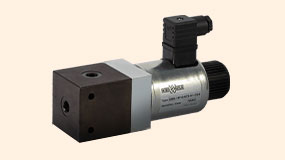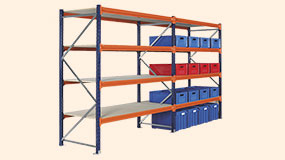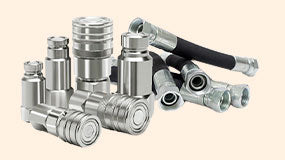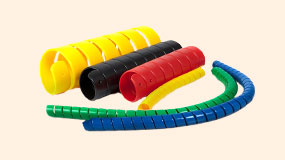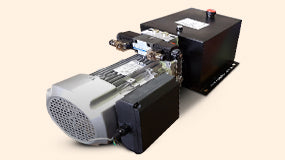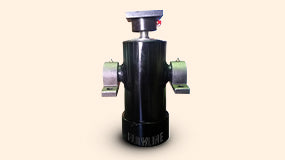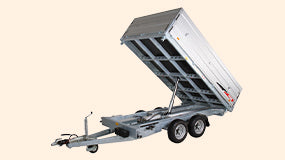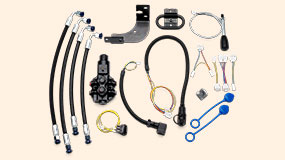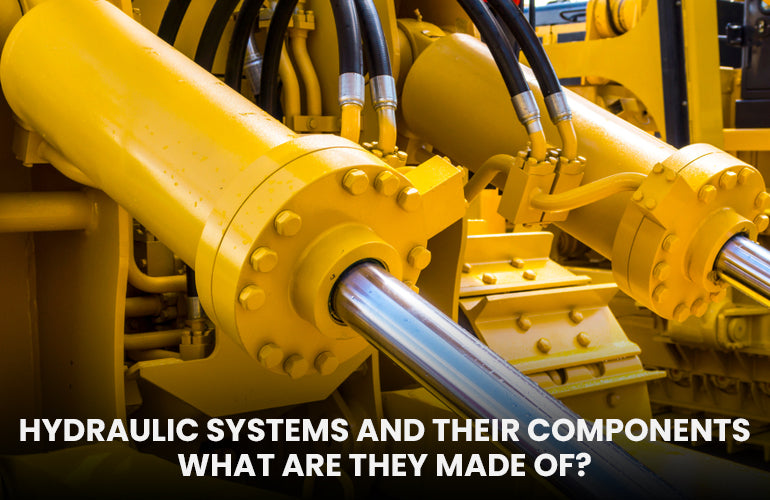
Hydraulic Systems and Their Components: What Are They Made of?
| Daniel Webmarketingguru
Hydraulic systems are used in a variety of applications from simple assembly operations to integrated manufacturing units. Their versatility in accomplishing multiple tasks like lifting huge weights and drilling holes makes them very popular with many industries. They are also used in smaller, everyday items like hydraulic jacks. Every vehicle owner is familiar with this handy device that can lift a car several times its weight. But what makes these systems capable of such feats? The answer lies in their components.
Like every other device, hydraulic systems are a sum of their parts. The hydraulic components need to work properly for the system to function. Even a slight deviation can hamper performance. This is why it is an excellent idea to be familiar with the different hydraulic parts. It makes maintenance easier as you can correctly identify the parts and perform checks.
Key Components of a Hydraulic System
Let’s have a look at some of the important components of the hydraulic system below.
- Reservoir: The reservoir holds the hydraulic fluid, helps transfer heat from the system, and enables air and moisture to escape from the fluid. It also allows solid impurities to settle down and has hydraulic filters fitted inside to remove such contaminants.
- Hydraulic pumps: Mechanical energy is changed into hydraulic energy with the help of a hydraulic pump. The flow of fluid, which works as the transmission channel, achieves this. Hydraulic pumps come in different sizes, shapes, and parts but perform the same purpose - shift fluid volume against a resistant load or pressure.
- Valves: Hydraulic control valves are used to start, halt, and direct fluid flow. Hydraulic pressure relief valves are also used to control the system pressure and keep it at the desirable levels. Depending on the design or application, pneumatic, hydraulic, electrical, manual, or mechanical actuation can be used to activate hydraulic valves.
- Hydraulic actuator: The hydraulic energy is reconverted to mechanical energy through actuators. A hydraulic cylinder converts the hydraulic energy into linear motion or rotational motion depending on the actuator type. Actuators, like hydraulic pumps, come in different subtypes, each designed for a specific purpose.
- Pressure regulators: A pressure regulator controls the hydraulic fluid pressure. Fluid is passed from the storage tank to one side of the piston and returned from the opposite side of the piston to the tank through closed-loop pipework. A pump draws the fluid from the tank and develops fluid flow at the required pressure level. If the fluid pressure rises beyond the required level, the extra fluid returns to the reservoir and stays there until the pressure lowers down.
- Hydraulic power packs: The hydraulic power pack is an independent system that drives the hydraulic system. It has a motor, reservoir, and pump that allows it to act as a power source for the various hydraulic cylinders and parts of the main system.
- Hydraulic coupler: Hydraulic coupling which is also known as the fluid coupling is a hydrodynamic or ‘hydrokinetic’ device used to transmit rotating mechanical power. It is generally used in automobile transmissions as a replacement for the mechanical clutch, alongside marine and industrial machine drives.
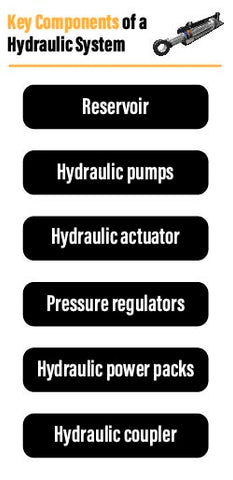
It is possible to find various applications of hydraulic systems in your day-to-day life. Hydraulic systems differ from one another depending on their intended application. However, its core working principle remains the same and makes use of the above hydraulic parts in one way or another.
Why do hydraulic systems use oil and not water?
A hydraulic system consists of many moving pieces that brush against one another. This would result in untimely wear and tear if not lubricated properly. Oil creates a layer on the surface of moving parts that functions as a lubricant. This constant need for lubrication inside hydraulic systems is the main reason why oil, and not water, is used.
The temperature inside a hydraulic system can reach very high sometimes and water has a low boiling point. Water is also very compressible when boiled, leading to sub-par performance. In comparison, oil has a much higher boiling point and lower freezing point. This allows the system to operate perfectly across a wider temperature range.
Discover Premium Quality Hydraulic Products and Parts at Flowline
We are one of the leading suppliers of hydraulic systems and components in Australia, including multi-stage hydraulic cylinders and power packs for trailers. Our collection includes hydraulic couplers, rams, hose guards and fittings, hydraulic accumulators, and directional control valves.
At Flowline, we pride ourselves on our impeccable customer service and reliable support. When you shop with us, regardless of whether it is hydraulic components, hydraulic repairs, maintenance, design, or engineering, you can be assured of the best quality products in the market. Our priority has always been customer experience and we take hydraulic equipment downtime very seriously. We always deliver on the two fronts that matter – quality and experience. And what’s more, our services, as well as our products, are very affordable.
If you wish to know more about our products and services, please call us on 1800 239 399 or write to us at info@flowline.com.au. Our support team will revert at the earliest.
